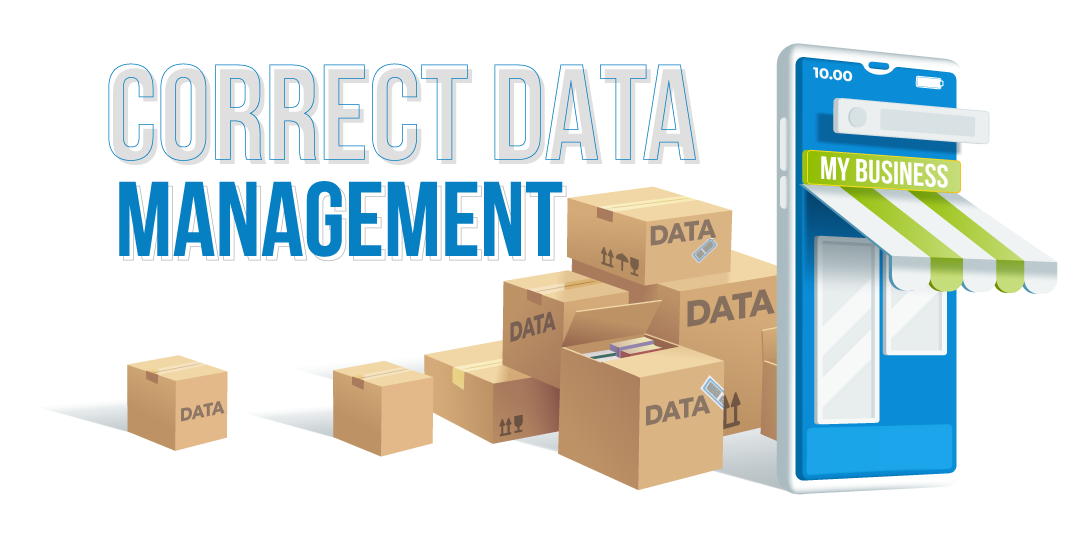In the retail industry, data quality is an often-overlooked as an aspect of running a business. But, on the contrary, it is a competitive differentiator and is quickly gaining priority among businesses.
Correctly managing data is crucial
It is important to note that random unqualified, and unfiltered data can become counterproductive, as it means decisions will be made on incorrect and improper data, which may result in wasting time and resources.
On the flip-side, good quality data ensures an informed decision-making process, providing the right insights. However, ensuring quality data can be rocky if not presented with the right tools. Sure, structured datasets are essential, but what really matters is how relevant your data to your solution is; the better the quality, the more a business can get from it.

Ensuring Data Quality while crowdsourcing
Crowdsourcing techniques help significantly when it comes to gathering data, as most of the time, large quantities are needed in real-time. Here’s how to always guarantee a plausible outcome when crowdsourcing high-quality data:
1.Avoid unambiguous guidelines
Crowdsourcing implies enlisting the services of a large number of people over the internet to contribute to your requirements with relevant information. Thus, it is imperative to present detailed instructions on what you need them to do, as providing ambiguous requirements will surely lead the crowd to fail to provide correct and relevant details.
However, all you need to do to avoid this is present clear guidelines on what you need from them, how you need the task to be performed, how long it can take, and more. Include example images that help them follow better the instructions. Moreover, keep the guidelines clear and concise for a better outcome.
2. Ensure data diversity and avoid bias
Data bias can negatively impact the accuracy of the information you are presenting. It stems when, for example, a significant volume of data is prone to lean toward a particular factor, which may be race, gender, age, and so on. Therefore, to reduce biased results when crowdsourcing, it is crucial to ensure that the crowd is as diverse as possible.

3. Multiple Quality Assurance Processes
Ideally, a QA needs to involve at least two processes:
- Artificial Intelligence is when the information can be entered into a database and easily organized and filtered automatically.
- A process led by a qualified in-house team to review the information, assuring quality. Here, the team reviews if all the required fields are filled, the data is well presented, and there are no errors in submitting tasks.
Lucky for you, SmartSpotter has a platform that guarantees actionable real-time insights with quality data, presented in an easy-to-understand dashboard with analytics that explain what it all means.
That way, you can target effective, data-driven action for ensuring retailer-supplier agreements are fulfilled.














